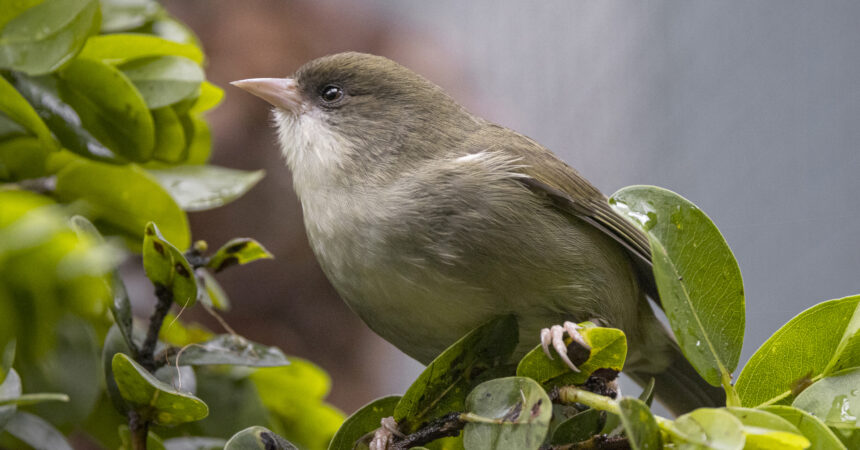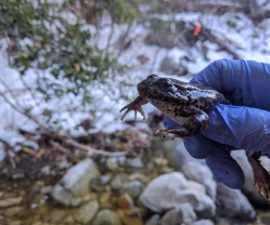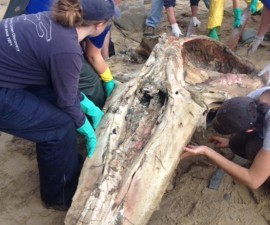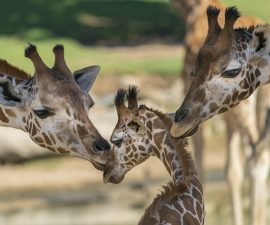Saving Tiny Birds in a Big Rainforest
The staggeringly mountainous island of Kauaʻi rises sharply from the sea with a breathtaking display of jagged, lush peaks. Deep in the heart of this abundant rainforest wilderness, a tiny bird awaits rescue. Just a few inches long, weighing less than an AAA battery, and with feet smaller than a pencil eraser, this is one of the last ‘akikiki (a species of Hawaiian honeycreeper) on the planet. A lot rests on its little shoulders. Its future—and the future of the whole species—depends on rescue teams finding this needle in a haystack before it’s too late.
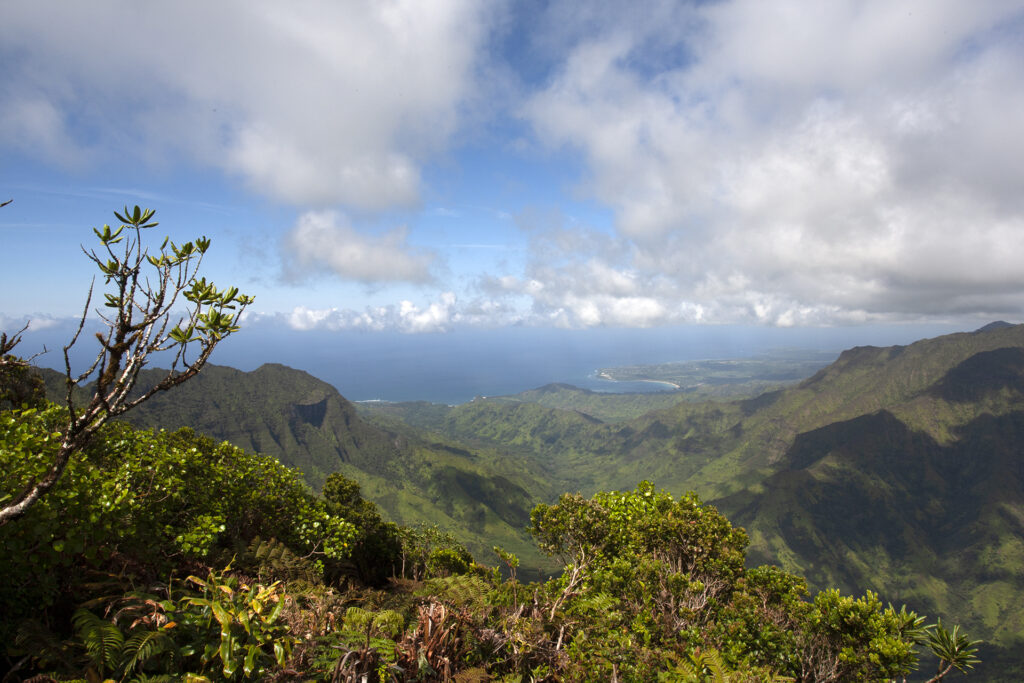
As is often the case with young birds, the fledgling’s sex is not yet known—but it’s been nicknamed Erica. The bird and 3 members of its family were last seen in one particular area of the 9,000-acre Alaka‘i Wilderness Preserve on Kauaʻi. The area was once home to a thriving population of ‘akikiki, but today there are fewer than 50 birds left in the wild. Bringing the remaining birds into the safety and protection of our care is a necessary step in preventing the extinction of the species. Experts believe that if the remaining ‘akikiki aren’t rescued, they will likely all be gone by 2023.
What makes species like the ‘akikiki so intriguing is the same thing that puts them at risk. Like many other island ecosystems, Hawaiʻi is home to incredible, diverse wildlife found nowhere else on Earth. Island habitats and wildlife—plants as well as animals—have evolved together over centuries, and each ecosystem is unique. So once these species are gone, there’s rarely a second chance. That’s why San Diego Zoo Wildlife Alliance works collaboratively with partners through our Pacific Islands Conservation Hub, protecting unique island wildlife—which is facing greater challenges than ever before.
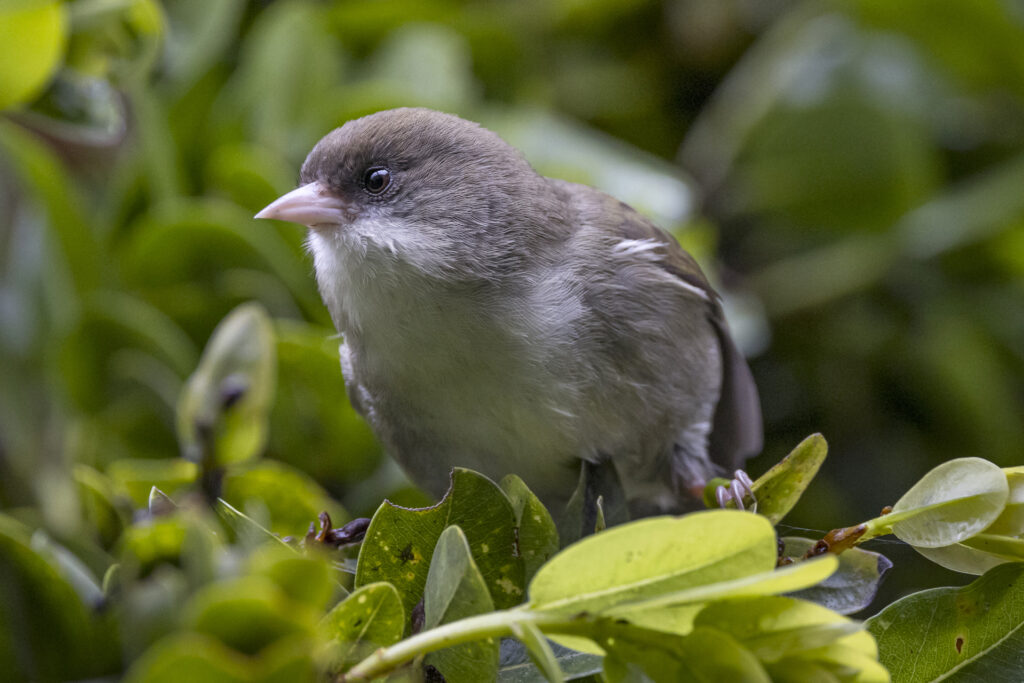
While invasive, non-native species have long threatened the delicate balance of island ecosystems, climate change is in some cases accelerating these threats. As global temperatures continue to rise, non-native mosquitos bearing avian malaria and other diseases are able to move into higher elevations not previously accessible. There, they encounter vulnerable species including the ‘akikiki. Living at the highest elevations of the rainforest on Kauaʻi, they had previously been safe from these diseases. The birds have no immunity to them, and their populations have been decimated as a result.
San Diego Zoo Wildlife Alliance has worked to protect and restore wildlife in Hawaiʻi for decades. And while we’ve cared for critically endangered species including the ‘alalā (Hawaiian crow), palila (Hawaiian finch-billed honeycreeper), nēnē (Hawaiian goose), and other species at our bird conservation centers on Maui and the island of Hawaiʻi, no one had ever cared for ‘akikiki in a managed-care setting prior to 2015. But with the species rapidly disappearing, conservationists had to try. Decades of wildlife care and conservation expertise, as well as deep and extensive partnerships with government, local agencies, and other conservation organizations—and the support of allies like you—have made it possible. And so, last December at our Maui Bird Conservation Center (MBCC), a flock of 37 ‘akikiki were waiting for Erica to arrive.
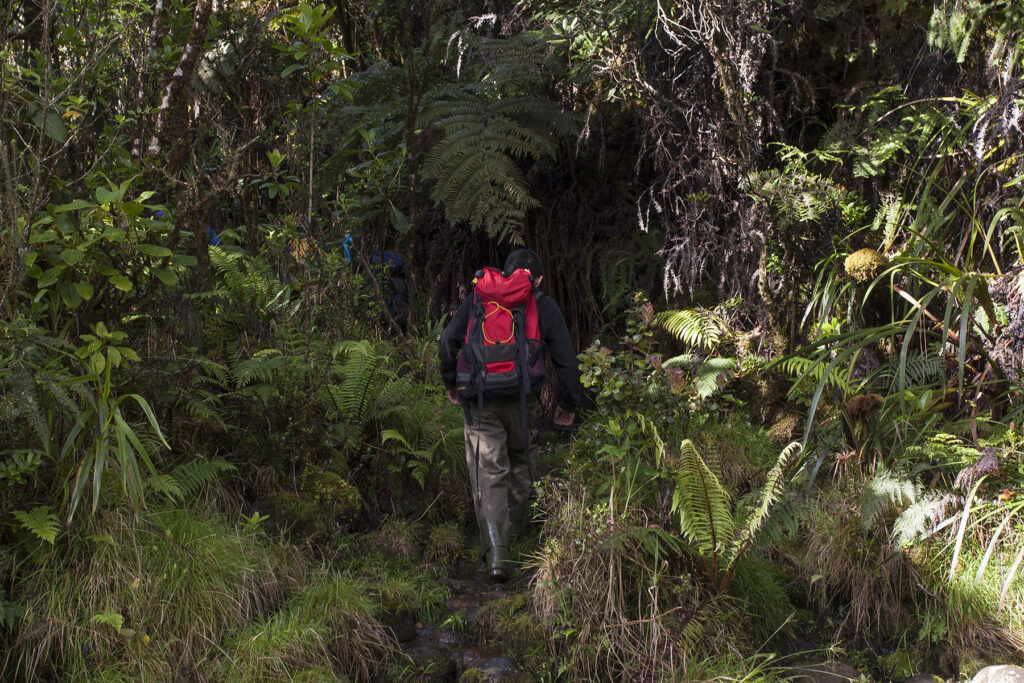
The teams were prepared for an intense few weeks. Working side-by-side with Kaua‘i Forest Bird Recovery Project and Pacific Bird Conservation, together we planned and carried out an extensive search-and-rescue mission. Each team lent their expertise in both the planning stages and in the field. Setting out into the lush, dense forest, they reached the place where the birds had last been seen. There, they set up mist nets—light, thin nets used by ornithologists to safely catch birds—across the forested mountain plateau. Then, they waited. And waited some more. For 12 days, they camped out in heavy rain and strong winds.
Finally, on a Saturday morning, Erica landed safely in the net. The team immediately brought Erica down to base camp to be cared for, while a helicopter was summoned to transport Erica to MBCC. Arriving on Maui from Kauaʻi by helicopter, Erica underwent a thorough veterinary examination upon arrival. After a checkup, food, fluids, and treatment for potential malaria, Erica was quarantined for 30 days to protect the rest of the flock.
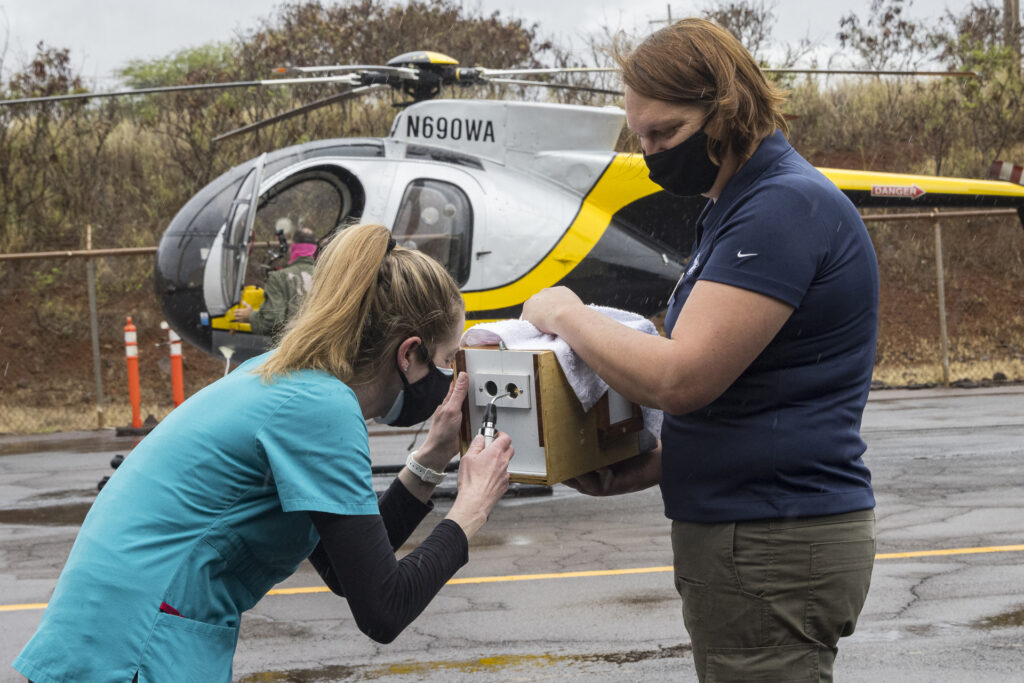
Most of the 37 other ‘akikiki living at MBCC were raised by humans. Erica’s arrival means that not only will there be the chance to pass along important genetic diversity for the future of the species, but as one of few birds raised by wild parents, Erica will be a mentor to the other birds, modeling ‘akikiki behaviors—while being safe from the imminent danger affecting the few remaining ‘akikiki of the forest.

As teams work to nurture and grow a healthy, genetically diverse flock at MBCC, we continue working with our partners on mosquito mitigation techniques. Just as we’ve done with the once imperiled California condor—and countless other species—the goal is that one day, these unique, tiny, charming birds can be safely reintroduced into native habitat, thriving for generations to come.
Erica’s rescue reminds us that no matter how dire things seem, or how the odds may appear to stack up, with a little ingenuity, decades of expertise—and, sometimes, a willingness to camp in the rain—hope is always possible.
Discover more about what your support makes possible for Hawaii’s endangered birds and other vulnerable island wildlife through our Pacific Islands Conservation Hub.

